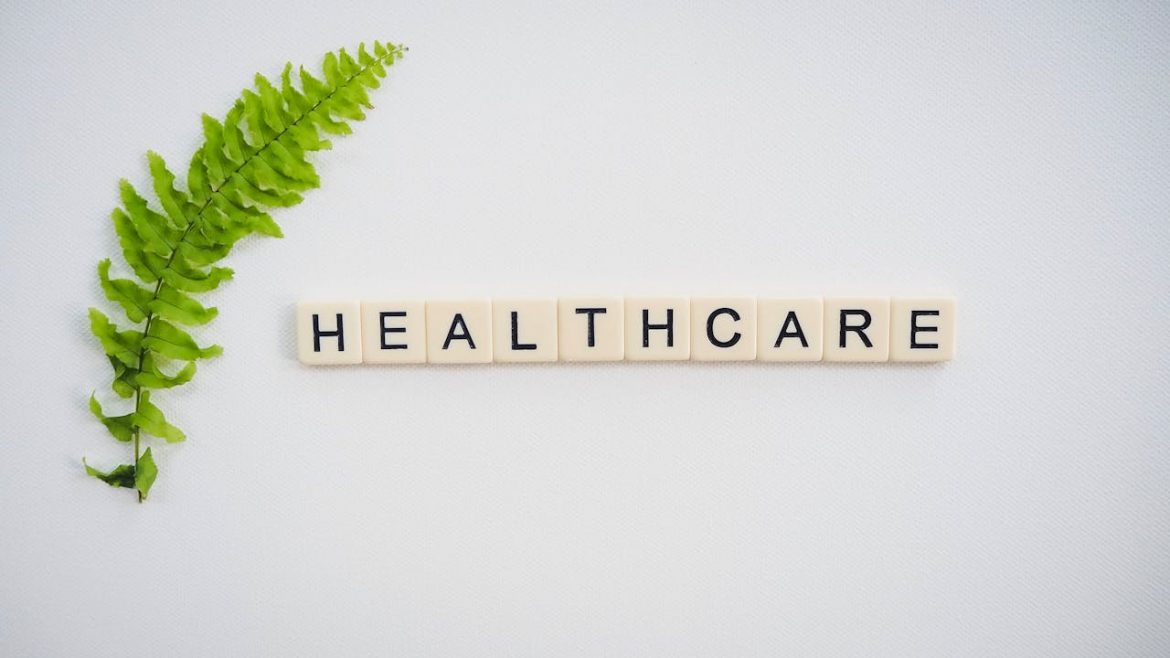Seasonal Hair Oil Routines: Adapting to Weather Changes
Adapting your hair care routine to the changing seasons can help keep your hair healthy and vibrant throughout the year. Different weather conditions can have varying effects on your hair, so it’s essential to adjust your hair care routines accordingly. Here are some tips on how to modify your hair oil usage based on seasonal changes.
Spring: Revitalization and Growth
Key Concerns: Transition from winter dryness, frizz, and shedding.
Hair Oil Tips:
- Light Moisturising Oils: Use lightweight oils such as grapeseed or jojoba oil to prevent your hair from becoming too greasy while still providing adequate moisture.
- Revitalise and Strengthen: Incorporate oils rich in vitamins and antioxidants like Mashooq oil to help revitalize and strengthen your hair after winter.
- Scalp Stimulation: Promote growth by massaging your scalp with rosemary or peppermint oil, which can stimulate blood circulation and reduce shedding.
Routine:
- Weekly Deep Conditioning: Apply a deep conditioning oil treatment once a week to replenish moisture and strength.
- Daily Light Application: Use a small amount of light oil on the ends daily to combat frizz and dryness.
Summer: Protection and Hydration
Key Concerns: Sun exposure, heat damage, chlorine, and saltwater.
Hair Oil Tips:
- UV Protection: Use oils with natural UV protection, such as coconut oil or avocado oil, to shield your hair from sun damage.
- Hydration: Opt for hydrating oils like almond oil to prevent dryness caused by sun and saltwater.
- Pre-Swim Protection: Apply a protective layer of oil before swimming to prevent chlorine and saltwater from stripping your hair’s natural oils.
Routine:
- Pre-Exposure Application: Apply a generous amount of oil to your hair before sun exposure or swimming.
- Post-Exposure Treatment: Use a nourishing oil treatment after washing your hair to restore moisture and repair any damage.
Fall: Repair and Nourishment
Key Concerns: Post-summer damage, dryness, and preparation for cooler weather.
Hair Oil Tips:
- Repair Damage: Use oils rich in fatty acids and vitamins, such as olive oil or macadamia oil, to repair and nourish your hair.
- Increase Moisture: As the weather cools, switch to heavier oils like castor oil or shea butter to lock in moisture and protect your hair from becoming brittle.
- Scalp Health: Maintain a healthy scalp by using tea tree oil to prevent dryness and flakiness.
Routine:
- Bi-Weekly Deep Conditioning: Perform deep conditioning treatments twice a month to repair damage and prepare your hair for the dry, cold weather.
- Scalp Massages: Regularly massage your scalp with nourishing oils to promote healthy hair growth and scalp health.
Winter: Intense Moisturization and Protection
Key Concerns: Dryness, static, and breakage due to cold weather and indoor heating.
Hair Oil Tips:
- Heavy Moisturizing Oils: Use rich oils like castor oil or olive oil to provide intense moisture and protect your hair from the drying effects of cold weather and indoor heating.
- Seal in Moisture: Apply a sealing oil, such as jojoba oil, after moisturizing to lock in hydration.
- Reduce Static: Combat static by using a lightweight oil like argan oil, which can help smooth and control frizz without weighing your hair down.
Routine:
- Weekly Hot Oil Treatments: Perform hot oil treatments once a week to provide deep conditioning and hydration.
- Daily Protection: Apply a small amount of oil daily to the ends of your hair to prevent dryness and breakage.
General Tips for Seasonal Hair Oil Routines
- Consistency: Regular use of hair oils is key to maintaining healthy hair throughout the year. Adjust the frequency and type of oil based on your hair’s needs and the current season.
- Scalp Care: Regardless of the season, maintaining a healthy scalp is essential. Incorporate scalp massages with suitable oils to promote blood circulation and overall hair health.
- Hydration: Keep yourself hydrated by drinking plenty of water, as internal hydration also plays a significant role in maintaining hair health.
By adapting your hair oil routine to the changing seasons, you can ensure that your hair remains healthy, shiny, and resilient year-round.




